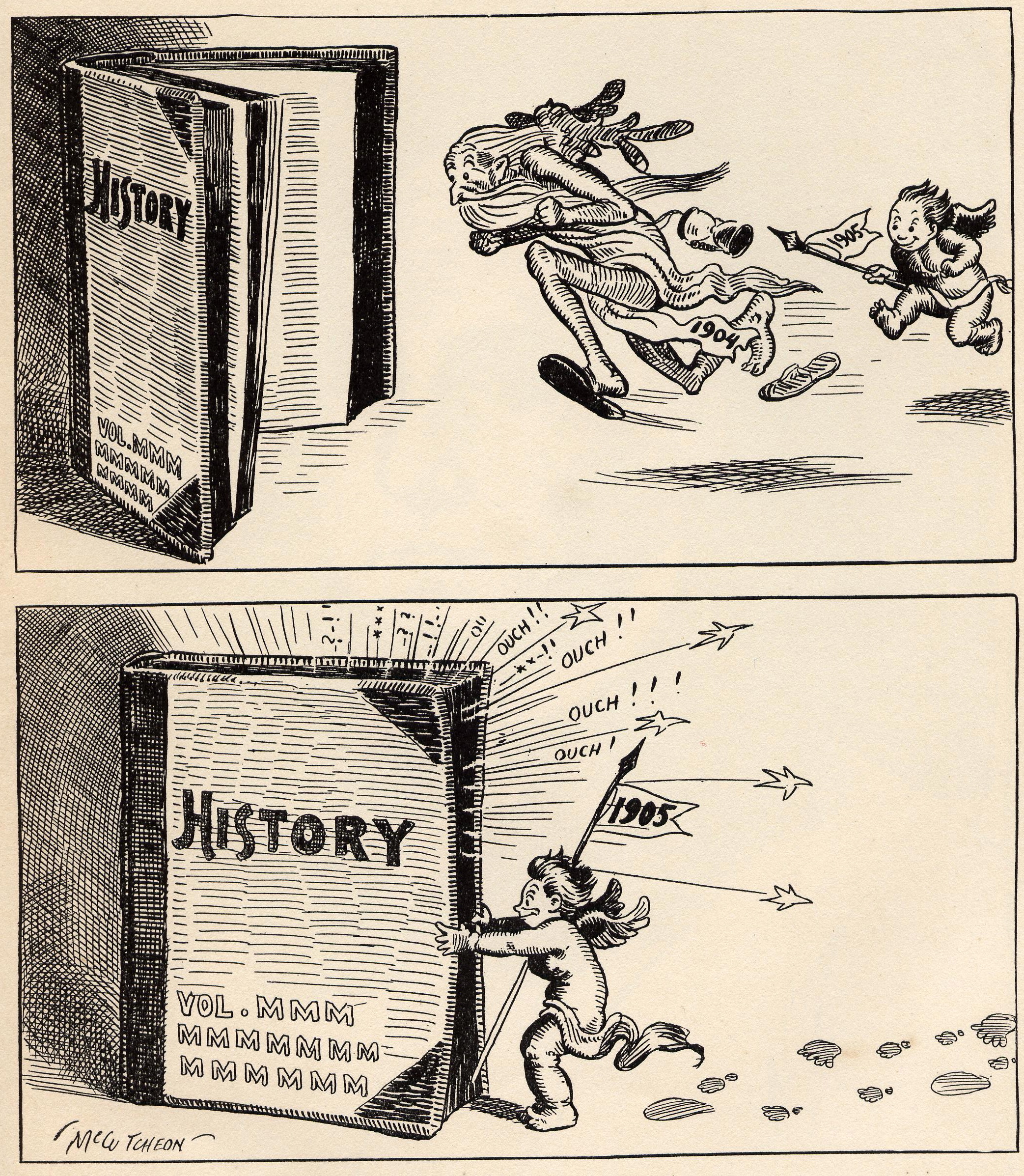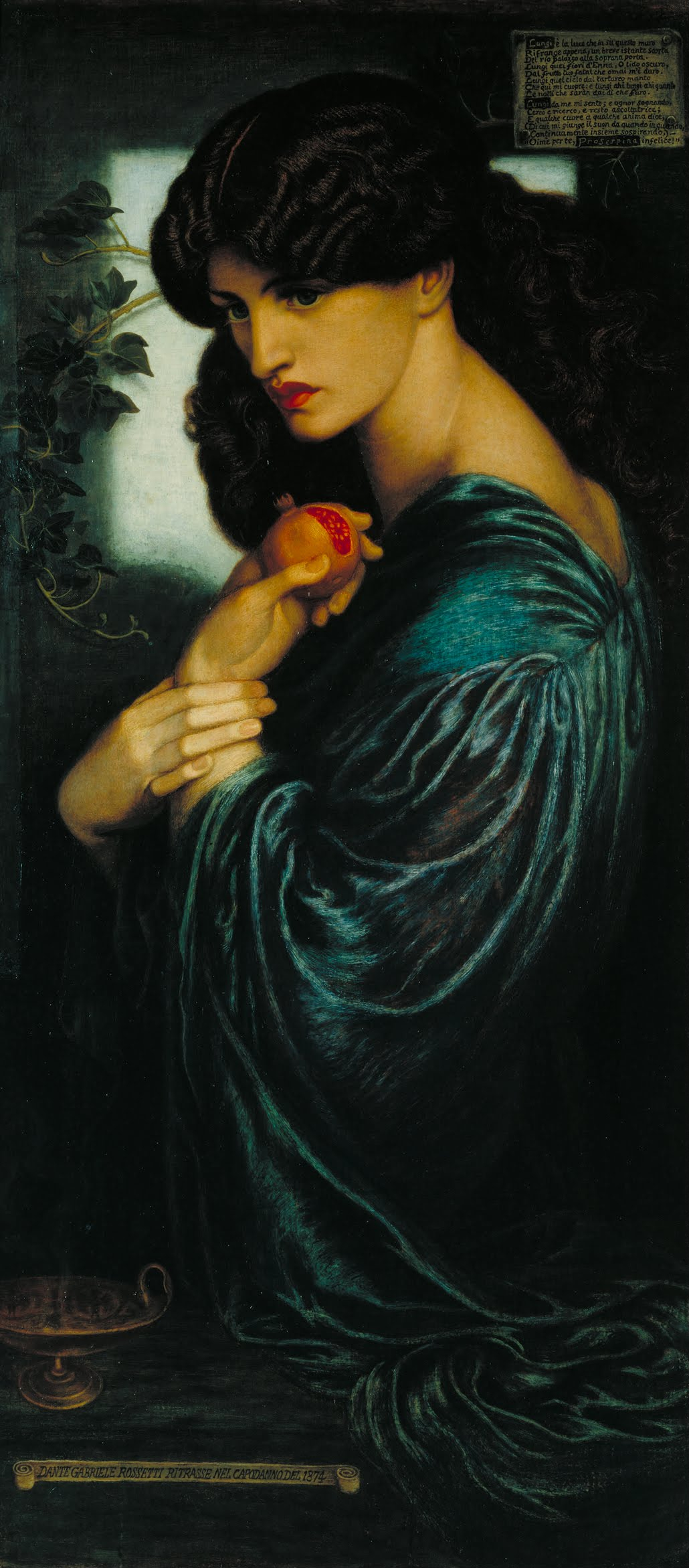|
Robert Furneaux Jordan
John Robert Furneaux Jordan ARIBA (10 April 1905 Birmingham – 14 May 1978 Burcombe, Wiltshire) was an English architect, architectural critic and novelist. He worked as an architect from 1928 to 1961, after which he became an academic, broadcaster and lecturer, writing many books on architecture. A son of the prominent surgeon John Furneaux Jordan, Robert Jordan was educated at West House Preparatory School from 1915 to 1918 and then King Edward's School, Birmingham from 1918 to 1922. He studied at the Birmingham School of Art for three years before going to the Architectural Association School in 1926. He received his diploma from there in 1928. Other positions occupied were: *1934–63, Lecturer, Architectural Association School *1948–51 Principal, Architectural Association School *1951–61 Architectural Correspondent, ''The Observer'', London. *1960–61 Hoffman Wood Professor of Architecture, University of Leeds *1962 Visiting Professor, Syracuse University, New York Bef ... [...More Info...] [...Related Items...] OR: [Wikipedia] [Google] [Baidu] |
Royal Institute Of British Architects
The Royal Institute of British Architects (RIBA) is a professional body for architects primarily in the United Kingdom, but also internationally, founded for the advancement of architecture under its royal charter granted in 1837, three supplemental charters and a new charter granted in 1971. Founded as the Institute of British Architects in London in 1834, the RIBA retains a central London headquarters at 66 Portland Place as well as a network of regional offices. Its members played a leading part in promotion of architectural education in the United Kingdom; the RIBA Library, also established in 1834, is one of the three largest architectural libraries in the world and the largest in Europe. The RIBA also played a prominent role in the development of UK architects' registration bodies. The institute administers some of the oldest architectural awards in the world, including RIBA President's Medals Students Award, the Royal Gold Medal, and the Stirling Prize. It also man ... [...More Info...] [...Related Items...] OR: [Wikipedia] [Google] [Baidu] |
Patrick Nuttgens
Patrick John Nuttgens (2 March 1930 – 15 March 2004) was an influential English architect and academic. Early life Nuttgens was born in Whiteleaf, Buckinghamshire, the fourth of five children to Kathleen Mary () an Irish woman and accomplished mathematician, and stained-glass artist Jozef Edward Nuttgens who was born in Aachen, Germany. His mother died when he was seven years old during his first term at Grace Dieu Manor School, near Leicester. His father subsequently remarried and had eight more children - one of whom was the stained glass designer Joseph Ambrose Nuttgens. As a noted stained glass designer, Joseph took his family to live next to Eric Gill and his friends at Piggotts, Speen, Buckinghamshire. Nuttgens was brought up Roman Catholic, attending Ratcliffe College, run by Rosminian Fathers where he contracted poliomyelitis at the age of 12 and was hospitalised for two years, finally leaving hospital in 1944. Nuttgens later studied architecture and painting ... [...More Info...] [...Related Items...] OR: [Wikipedia] [Google] [Baidu] |
1978 Deaths
Events January * January 1 – Air India Flight 855, a Boeing 747 passenger jet, crashes off the coast of Bombay, killing 213. * January 5 – Bülent Ecevit, of CHP, forms the new government of Turkey (42nd government). * January 6 – The Holy Crown of Hungary (also known as Stephen of Hungary Crown) is returned to Hungary from the United States, where it was held since World War II. * January 10 – Pedro Joaquín Chamorro Cardenal, a critic of the Nicaraguan government, is assassinated; riots erupt against Somoza's government. * January 13 – Former American Vice President Hubert Humphrey, a Democrat, dies of cancer in Waverly, Minnesota, at the age of 66. * January 18 – The European Court of Human Rights finds the British government guilty of mistreating prisoners in Northern Ireland, but not guilty of torture. * January 22 – Ethiopia declares the ambassador of West Germany '' persona non grata''. * January 24 ** Soviet satellite Kosmos 954 burns up in Ea ... [...More Info...] [...Related Items...] OR: [Wikipedia] [Google] [Baidu] |
1905 Births
As the second year of the massive Russo-Japanese War begins, more than 100,000 die in the largest world battles of that era, and the war chaos leads to the 1905 Russian Revolution against Nicholas II of Russia (Dmitri Shostakovich, Shostakovich's Symphony No. 11 (Shostakovich), 11th Symphony is subtitled ''The Year 1905'' to commemorate this) and the start of Revolution in the Kingdom of Poland (1905–07), Revolution in the Kingdom of Poland. Canada and the U.S. expand west, with the Alberta and Saskatchewan provinces and the founding of Las Vegas. 1905 is also the year in which Albert Einstein, at this time resident in Bern, publishes his four Annus Mirabilis papers, ''Annus Mirabilis'' papers in ''Annalen der Physik'' (Leipzig) (March 18, May 11, June 30 and September 27), laying the foundations for more than a century's study of theoretical physics. Events January * January 1 – In a major defeat in the Russo-Japanese War, Russian General Anatoly Stessel su ... [...More Info...] [...Related Items...] OR: [Wikipedia] [Google] [Baidu] |
English Crime Fiction Writers
English usually refers to: * English language * English people English may also refer to: Culture, language and peoples * ''English'', an adjective for something of, from, or related to England * ''English'', an Amish term for non-Amish, regardless of ethnicity * English studies, the study of English language and literature Media * ''English'' (2013 film), a Malayalam-language film * ''English'' (novel), a Chinese book by Wang Gang ** ''English'' (2018 film), a Chinese adaptation * ''The English'' (TV series), a 2022 Western-genre miniseries * ''English'' (play), a 2022 play by Sanaz Toossi People and fictional characters * English (surname), a list of people and fictional characters * English Fisher (1928–2011), American boxing coach * English Gardner (born 1992), American track and field sprinter * English McConnell (1882–1928), Irish footballer * Aiden English, a ring name of Matthew Rehwoldt (born 1987), American former professional wrestle ... [...More Info...] [...Related Items...] OR: [Wikipedia] [Google] [Baidu] |
Arts And Crafts Movement
The Arts and Crafts movement was an international trend in the decorative and fine arts that developed earliest and most fully in the British Isles and subsequently spread across the British Empire and to the rest of Europe and America. Initiated in reaction against the perceived impoverishment of the decorative arts and the conditions in which they were produced, the movement flourished in Europe and North America between about 1880 and 1920. Some consider that it is the root of the Modern Style, a British expression of what later came to be called the Art Nouveau movement. Others consider that it is the incarnation of Art Nouveau in England. Others consider Art and Crafts to be in opposition to Art Nouveau. Arts and Crafts indeed criticized Art Nouveau for its use of industrial materials such as iron. In Japan, it emerged in the 1920s as the Mingei movement. It stood for traditional craftsmanship, and often used medieval, romantic, or folk styles of decoration. It advoca ... [...More Info...] [...Related Items...] OR: [Wikipedia] [Google] [Baidu] |
Pre-Raphaelite Brotherhood
The Pre-Raphaelite Brotherhood (PRB), later known as the Pre-Raphaelites, was a group of English painters, poets, and art critics, founded in 1848 by William Holman Hunt, John Everett Millais, Dante Gabriel Rossetti, William Michael Rossetti, James Collinson, Frederic George Stephens and Thomas Woolner who formed a seven-member "Brotherhood" partly modelled on the Nazarene movement. The Brotherhood was only ever a loose association and their principles were shared by other artists of the time, including Ford Madox Brown, Arthur Hughes and Marie Spartali Stillman. Later followers of the principles of the Brotherhood included Edward Burne-Jones, William Morris and John William Waterhouse. The group sought a return to the abundant detail, intense colours and complex compositions of Quattrocento Italian art. They rejected what they regarded as the mechanistic approach first adopted by Mannerist artists who succeeded Raphael and Michelangelo. The Brotherhood believed the ... [...More Info...] [...Related Items...] OR: [Wikipedia] [Google] [Baidu] |
Psychopathy
Psychopathy, or psychopathic personality, is a personality construct characterized by impaired empathy and remorse, along with bold, disinhibited, and egocentric traits. These traits are often masked by superficial charm and immunity to stress, which create an outward appearance of apparent normalcy. Hervey M. Cleckley, an American psychiatrist, influenced the initial diagnostic criteria for antisocial personality reaction/disturbance in the '' Diagnostic and Statistical Manual of Mental Disorders'' (DSM), as did American psychologist George E. Partridge. The DSM and ''International Classification of Diseases'' (ICD) subsequently introduced the diagnoses of antisocial personality disorder (ASPD) and dissocial personality disorder (DPD) respectively, stating that these diagnoses have been referred to (or include what is referred to) as psychopathy or sociopathy. The creation of ASPD and DPD was driven by the fact that many of the classic traits of psychopathy were ... [...More Info...] [...Related Items...] OR: [Wikipedia] [Google] [Baidu] |
Mary I Of England
Mary I (18 February 1516 – 17 November 1558), also known as Mary Tudor, was Queen of England and Ireland from July 1553 and Queen of Spain as the wife of King Philip II from January 1556 until her death in 1558. She made vigorous attempts to reverse the English Reformation, which had begun during the reign of her father, King Henry VIII. Her attempt to restore to the Church the property confiscated in the previous two reigns was largely thwarted by Parliament but, during her five-year reign, more than 280 religious dissenters were burned at the stake in what became known as the Marian persecutions, leading later commentators to label her "Bloody Mary". Mary was the only surviving child of Henry VIII by his first wife, Catherine of Aragon. She was declared illegitimate and barred from the line of succession following the annulment of her parents' marriage in 1533, but was restored via the Third Succession Act 1543. Her younger half-brother, Edward VI, succeede ... [...More Info...] [...Related Items...] OR: [Wikipedia] [Google] [Baidu] |
Philip II Of Spain
Philip II (21 May 152713 September 1598), sometimes known in Spain as Philip the Prudent (), was King of Spain from 1556, King of Portugal from 1580, and King of Naples and List of Sicilian monarchs, Sicily from 1554 until his death in 1598. He was also ''jure uxoris'' King of England and List of Irish monarchs, Ireland from Wedding of Mary I of England and Philip of Spain, his marriage to Queen Mary I in 1554 until her death in 1558. Further, he was Duke of Milan from 1540. From 1555, he was Lord of the Seventeen Provinces of the Habsburg Netherlands, Netherlands. The son of Emperor Charles V and Isabella of Portugal, Holy Roman Empress, Isabella of Portugal, Philip inherited his father's Spanish Empire in 1556, and succeeded to the Kingdom of Portugal, Portuguese throne in 1580 following a dynastic crisis. The Spanish conquests Spanish conquest of the Inca Empire, of the Inca Empire and of the Philippines, named in his honor by Ruy López de Villalobos, were completed during h ... [...More Info...] [...Related Items...] OR: [Wikipedia] [Google] [Baidu] |
Henry Edward Manning
Henry Edward Manning (15 July 1808 – 14 January 1892) was an English prelate of the Catholic Church, and the second Archbishop of Westminster from 1865 until his death in 1892. He was ordained in the Church of England as a young man, but converted to Catholicism in the aftermath of the Gorham judgement. Early life Manning was born on 15 July 1808 at his grandfather's home, Copped Hall, Totteridge, Hertfordshire. He was the third and youngest son of William Manning, a prominent merchant and slave owner, who served as a director and (1812–1813) as a governor of the Bank of England and also sat in Parliament for 30 years, representing in the Tory interest Plympton Earle, Lymington, Evesham and Penryn consecutively. Manning's mother, Mary (died 1847), daughter of Henry Lannoy Hunter, of Beech Hill, and sister of Sir Claudius Stephen Hunter, 1st Baronet, came from a family of French Huguenot extraction. Manning spent his boyhood mainly at Coombe Bank, Sundridge, Kent, ... [...More Info...] [...Related Items...] OR: [Wikipedia] [Google] [Baidu] |







